DISCLOSURE: Most of our content uses affiliate links. As an Amazon Associate, we may earn a commission when you buy through the links. Each of your purchases via our affiliation links helps us to support the cost and maintenance of this site.
Editor’s Note: Last updated on February 8, 2025
With their sturdy, excellent recording equipment that can survive the worst conditions, action cameras have completely changed the way we document our travels. Action cameras have taken the forefront when it comes to recording adrenaline-pumping moments, scenic travels, and dynamic vlogs.
Among the leading names in this domain, DJI and GoPro have set the standard with their flagship models: the DJI Osmo Action 4 and the GoPro Hero 12.
In this comparison guide, we will delve into the features, performance, and value offered by these two titans to help you decide which is better suited to your needs.
 Design and Build Quality
Design and Build Quality
DJI Osmo Action 4
The DJI Osmo Action 4 continues the legacy of its predecessors with a sturdy, compact design that is both durable and functional. It features a sleek, rectangular shape with a dual-screen setup – a front-facing screen for vloggers and a rear touchscreen for easy navigation. The Osmo Action 4 is built to withstand harsh conditions, with a waterproof rating of up to 11 meters without a case, and is dustproof and shockproof.
GoPro Hero 12
The GoPro Hero 12 also boasts an impressive design, sticking to the familiar GoPro aesthetic with its rugged, boxy structure. It features a front color screen and a larger rear touchscreen, offering a user-friendly interface. The Hero 12 is waterproof up to 10 meters without an additional case and is designed to endure dust, shocks, and extreme temperatures, making it ideal for all kinds of adventures.
Verdict
Both cameras are exceptionally well-built and designed for extreme conditions. The slight edge goes to the DJI Osmo Action 4 for its deeper waterproof capability, but both devices are highly reliable in terms of durability.
 Video and Photo Quality
Video and Photo Quality
DJI Osmo Action 4
The Osmo Action 4 is equipped with a 1/1.3-inch sensor, capable of capturing 4K video at 60 frames per second (fps) and 1080p video at up to 240 fps for slow-motion shots. It offers excellent image stabilization with DJI’s RockSteady 3.0 technology, ensuring smooth and stable footage even in high-motion scenarios. The camera supports HDR video, enhancing color and contrast, especially in challenging lighting conditions. For still photography, the Osmo Action 4 provides 12MP photos with various shooting modes, including burst, time-lapse, and custom exposure settings.
GoPro Hero 12
The GoPro Hero 12 features a slightly larger 1/1.9-inch sensor, which contributes to better low-light performance and overall image quality. It can record 5.3K video at 60 fps and 4K video at 120 fps, offering superior resolution and frame rates. GoPro’s HyperSmooth 4.0 stabilization technology is one of the best in the industry, providing incredibly smooth footage. The Hero 12 also supports HDR video and has advanced features like TimeWarp 4.0 for dynamic time-lapse videos. In terms of photography, the Hero 12 captures 23MP photos, offering significantly higher resolution and more detail than the Osmo Action 4.
Verdict
The GoPro Hero 12 takes the lead in video and photo quality, thanks to its larger sensor, higher resolution, and advanced stabilization technology. The Osmo Action 4 is no slouch, but the Hero 12’s capabilities are hard to beat.
 Audio Quality
Audio Quality
DJI Osmo Action 4
The Osmo Action 4 is equipped with dual microphones that offer decent audio quality for capturing environmental sounds and voices. It also supports external microphones via a USB-C adapter, allowing users to enhance audio recording quality when needed. The built-in microphones perform well in most situations, but they can struggle in very windy conditions without additional wind protection.
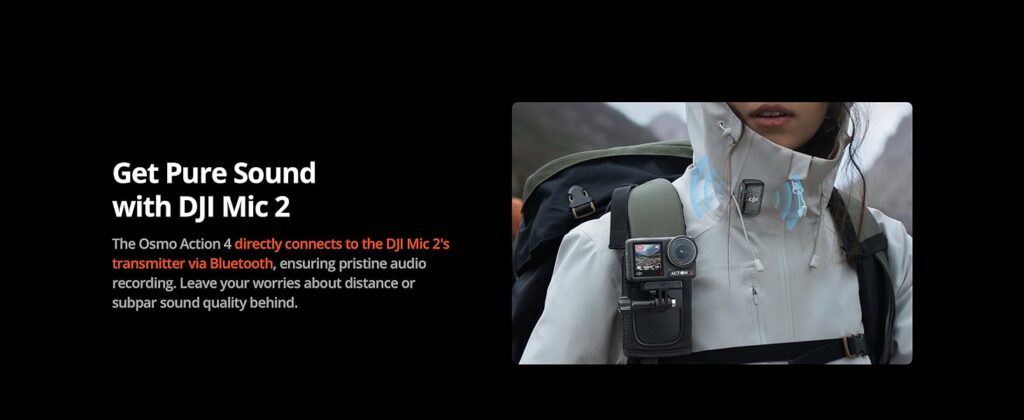
GoPro Hero 12
The GoPro Hero 12 features three built-in microphones with improved wind noise reduction, providing clearer audio in various environments. It also supports external microphones through a Media Mod accessory, which includes a directional mic for better audio capture. The Hero 12’s audio system is designed to capture more natural sound and reduce unwanted background noise, making it a strong performer in the audio department.

Verdict
The GoPro Hero 12 offers superior audio quality, especially with its wind noise reduction and additional microphone options through the Media Mod. The Osmo Action 4 is competent, but the Hero 12’s audio capabilities are more refined.
 User Interface and Usability
User Interface and Usability
DJI Osmo Action 4
The Osmo Action 4’s interface is straightforward and user-friendly, with intuitive touch controls on both the front and rear screens. The menu system is easy to navigate, and the camera offers quick access to essential settings and shooting modes. The dual-screen setup is particularly useful for vloggers and self-shooters, allowing easy framing and control from both sides of the camera.
GoPro Hero 12
The Hero 12 features a responsive touchscreen interface, with a well-organized menu system that makes it easy to find and adjust settings. The front screen is useful for vlogging, while the rear screen provides a larger, clearer view for setting up shots. GoPro’s Quick app integration allows for seamless control and editing of footage on your smartphone, enhancing the overall usability of the device.
Verdict
Both cameras offer excellent user interfaces, but the GoPro Hero 12’s integration with the Quick app and slightly larger rear screen make it a bit more user-friendly and versatile.
 Battery Life and Charging
Battery Life and Charging
DJI Osmo Action 4
The Osmo Action 4 is equipped with a 1300mAh battery, which provides around 90 minutes of continuous recording at 4K/60fps. The battery is removable, allowing users to carry spares for extended shooting sessions. The camera charges via USB-C, and the battery life is generally sufficient for most casual use cases.
GoPro Hero 12
The GoPro Hero 12 features a 1720mAh battery, which offers approximately 75-90 minutes of recording time at 5.3K/60fps. The larger battery capacity provides a slight edge in overall usage time. The Hero 12 also charges via USB-C and supports fast charging, allowing for quicker turnaround times between sessions.
Comparison Summary
1. Battery Capacity
-
-
-
- DJI Osmo Action 4: 1300mAh
- GoPro Hero 12: 1720mAh
-
-
2. Battery Life
-
-
-
- DJI Osmo Action 4: Up to 2.5 hours at 1080p/30fps (no stabilization); around 1.5 hours at 4K/60fps with stabilization.
- GoPro Hero 12: Up to 2 hours at 1080p/30fps (standard settings); around 1.5 hours at 4K/60fps with stabilization.
-
-
3. Usage
-
-
-
- Both cameras feature removable batteries, allowing for easy replacement and extended usage.
- Both support fast charging and use USB-C, providing convenience and compatibility with common charging devices.
-
-
4. Performance in Cold Conditions
-
-
-
- The GoPro Hero 12’s Enduro battery is specifically designed to perform better in colder conditions compared to standard batteries, which can be an advantage for users filming in extreme environments.
-
-
Verdict
Both the DJI Osmo Action 4 and the GoPro Hero 12 offer similar battery life, especially when recording at high resolutions with stabilization. The GoPro Hero 12 has a slight edge in battery capacity due to its larger battery and cold-weather performance, thanks to its Enduro battery. However, both cameras provide convenient features like fast charging and removable batteries, making them suitable for various shooting scenarios.
 Connectivity and Accessories
Connectivity and Accessories
DJI Osmo Action 4
The Osmo Action 4 supports Wi-Fi and Bluetooth connectivity, enabling easy transfer of files and remote control via the DJI Mimo app. It also offers a range of accessories, including mounts, filters, and external microphones. The camera’s compatibility with various third-party accessories further enhances its versatility.
DJI Osmo Action 4 Adventure accessories
GoPro Hero 12
The Hero 12 also supports Wi-Fi and Bluetooth for seamless connectivity with the GoPro Quick app. It offers an extensive range of official accessories, including the Media Mod, Display Mod, and Light Mod, which expand the camera’s capabilities. GoPro’s ecosystem of accessories is one of the most comprehensive in the market, providing solutions for almost every shooting scenario.
GoPro Hero 12 Action Camera bundle
Verdict
GoPro Hero 12 takes the lead in connectivity and accessories, thanks to its extensive ecosystem and the versatility offered by its modular accessories. GoPro Hero 12 offers a complete set of bundles which can be sold separately.
 Price and Value
Price and Value
DJI Osmo Action 4
The Osmo Action 4 is typically priced lower than the GoPro Hero 12, making it a more budget-friendly option. Despite its lower price, it offers a robust set of features and excellent performance, making it a great value for money.
GoPro Hero 12
The Hero 12 comes at a premium price, reflecting its advanced features and superior performance. While it is more expensive, the additional cost is justified by the enhanced video and photo quality, improved audio, and extensive accessory options.
Verdict
For those on a tighter budget, the DJI Osmo Action 4 offers great value. However, if you are willing to invest more for the best performance and features, the GoPro Hero 12 is worth the extra cost.
 Pros and Cons Comparisons
Pros and Cons Comparisons
DJI Osmo Action 4
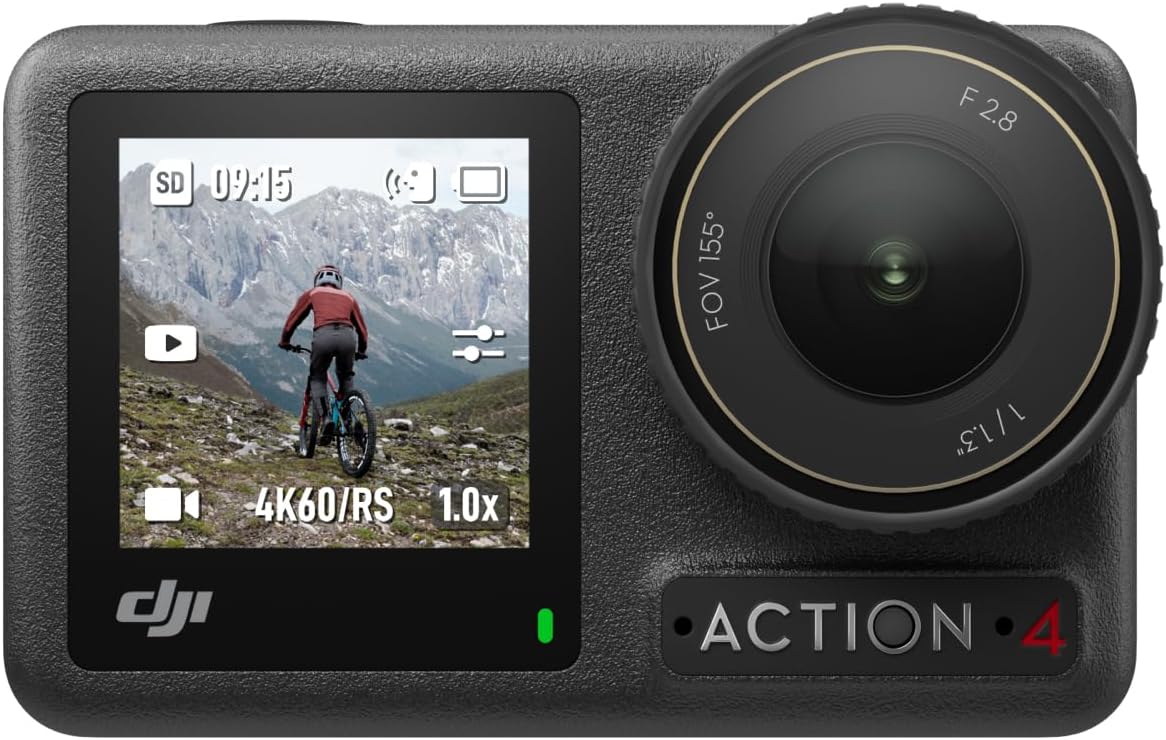
Pros
- Budget-friendly price
- Durable and waterproof up to 11 meters
- Dual-screen setup for versatile use
- Good connectivity and accessory options
- Excellent image stabilization with RockSteady 3.0
Cons
- Smaller sensor compared to Hero 12
- Lower photo resolution (12MP)
- Audio quality could be improved
| CHECK STOCK ON AMAZON | CHECK LAZADA PHILIPPINES |
GoPro Hero 12
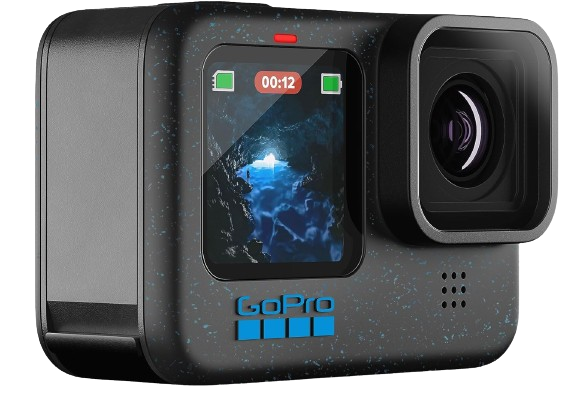
Pros
- Larger sensor for better image quality and low-light performance
- Higher video resolution (5.3K) and frame rates
- Advanced stabilization with HyperSmooth 4.0
- Superior audio quality with wind noise reduction
- Extensive accessory ecosystem
- Fast charging and slightly better battery life
Cons
- Higher price point
- Slightly less waterproof depth (10 meters without a case)
| CHECK STOCK ON AMAZON | CHECK LAZADA PHILIPPINES |
Read our full review: GoPro Hero 12: A New Frontier in Adventure and Technology
The Bottom Line
Choosing between the DJI Osmo Action 4 and the GoPro Hero 12 ultimately depends on your specific needs and budget. The Osmo Action 4 is an excellent choice for those looking for a robust, high-performing action camera at a more affordable price. It provides great value with its dual-screen setup, impressive stabilization, and solid video capabilities.
On the other hand, the GoPro Hero 12 stands out with its superior image and video quality, advanced stabilization, and comprehensive accessory ecosystem. While it comes at a higher price, the investment is justified by the enhanced performance and features.
For casual users and those new to action cameras, the DJI Osmo Action 4 offers an outstanding balance of performance and affordability. For professional users, vloggers, and those seeking the best possible quality and versatility, the GoPro Hero 12 is the clear winner.
Frequently Asked Questions: (FAQs)
How do the stabilization technologies compare?
Both cameras offer excellent image stabilization. The GoPro Hero 12 features HyperSmooth 4.0, which provides incredibly smooth footage even in high-motion scenarios. The DJI Osmo Action 4 uses RockSteady 3.0, which is also highly effective, but HyperSmooth 4.0 is generally considered superior for stabilization.
Which camera is easier to use?
Both cameras have user-friendly interfaces. The GoPro Hero 12 offers a slightly larger rear screen and seamless integration with the GoPro Quick app, making it slightly more user-friendly. The DJI Osmo Action 4 features a dual-screen setup, which is particularly useful for vloggers and self-shooters.
Can I use accessories from previous models with these cameras?
Yes, both cameras are compatible with accessories from their previous models. The GoPro Hero 12 has a wide range of official and third-party accessories, while the DJI Osmo Action 4 also supports various mounts, filters, and external microphones.
Which camera is better for vlogging?
Both cameras are excellent for vlogging, but the GoPro Hero 12 edges out slightly due to its superior video quality, advanced stabilization, and better audio capabilities. The DJI Osmo Action 4 is also a strong contender with its dual-screen setup and excellent stabilization.
Is the GoPro Hero 12 worth the extra cost?
If you prioritize the highest video and photo quality, advanced stabilization, and extensive accessory options, the GoPro Hero 12 is worth the extra cost. However, if you are looking for a robust, high-performing action camera at a more affordable price, the DJI Osmo Action 4 offers excellent value.
Do both cameras support live streaming?
Yes, both the DJI Osmo Action 4 and the GoPro Hero 12 support live streaming. The Hero 12 offers more advanced features and integration with the GoPro Quick app, making it easier to set up and manage live streams.
Which camera has better app support?
The GoPro Hero 12 has better app support with the GoPro Quick app, which offers seamless control, editing, and sharing of footage. The DJI Osmo Action 4 uses the DJI Mimo app, which is also user-friendly and provides good control over the camera’s settings and footage.
Which camera is better for slow-motion video?
The GoPro Hero 12 is better for slow-motion video, offering 4K video at 120fps and 1080p video at 240fps. The DJI Osmo Action 4 can record 1080p video at 240fps, but the higher resolution and frame rate options on the Hero 12 provide more flexibility for slow-motion footage.
Do both cameras have GPS functionality?
The GoPro Hero 12 includes GPS functionality, allowing you to add telemetry data to your videos, such as speed, altitude, and location. The DJI Osmo Action 4 does not have built-in GPS, which might be a consideration for users who need this feature.



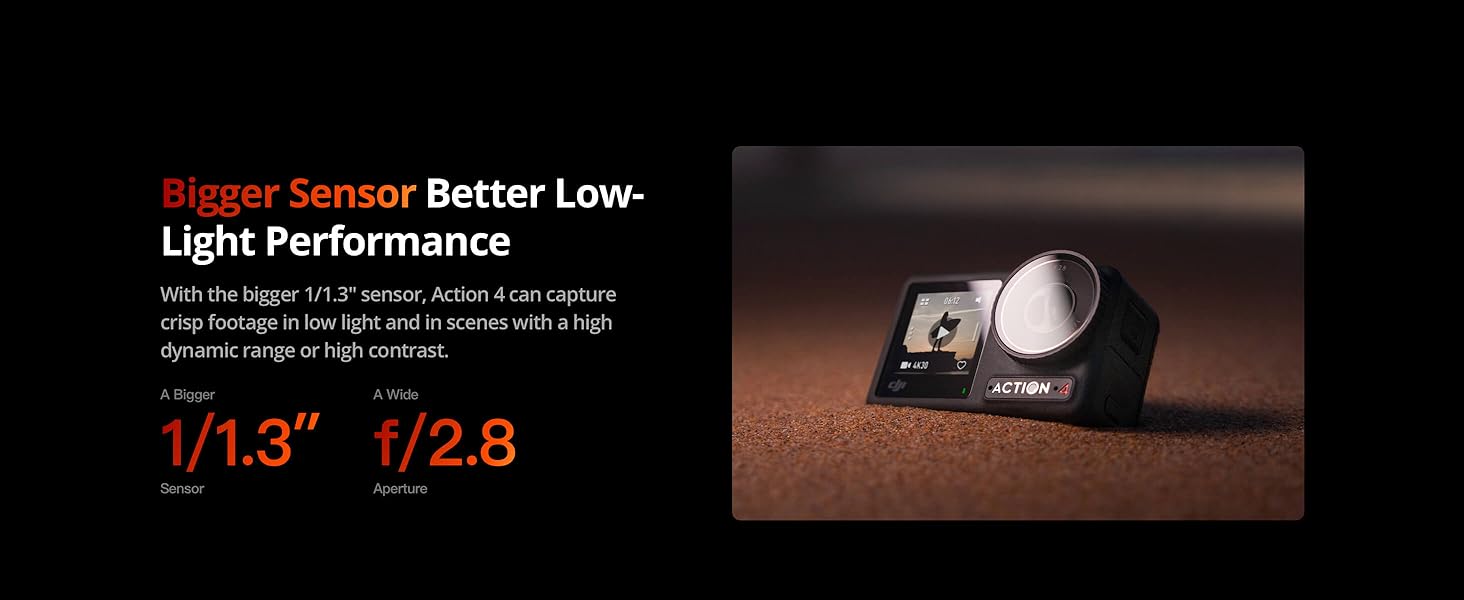


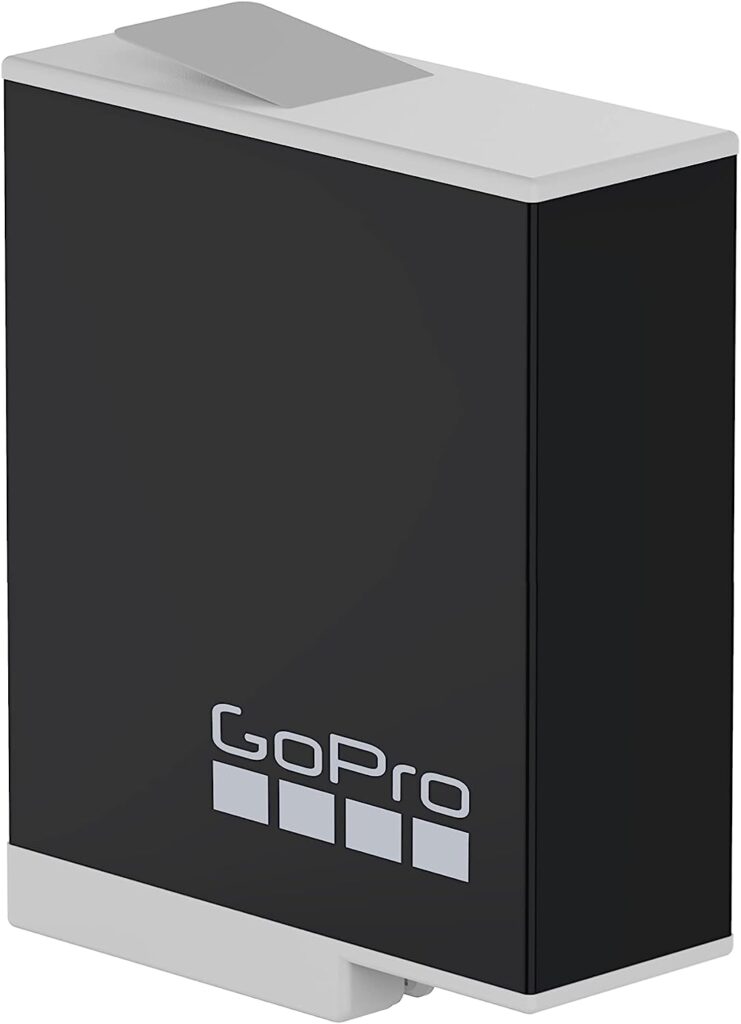
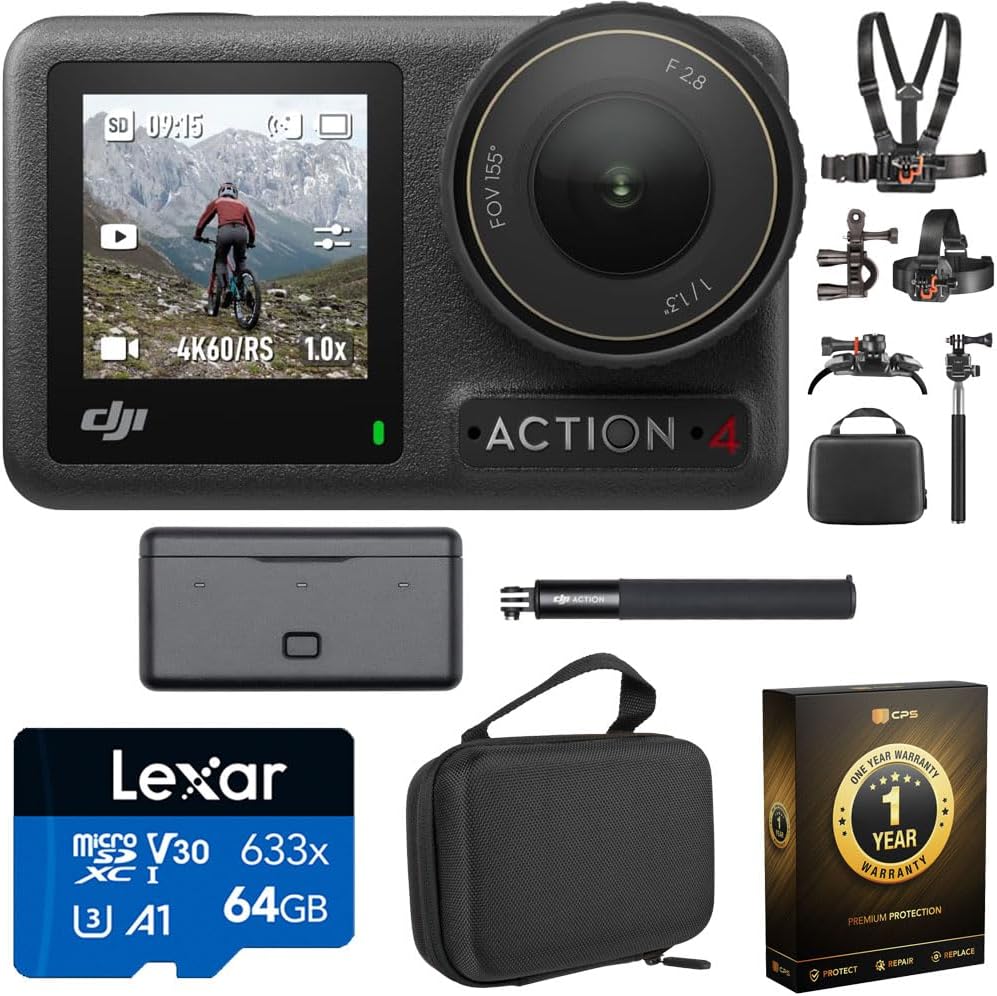
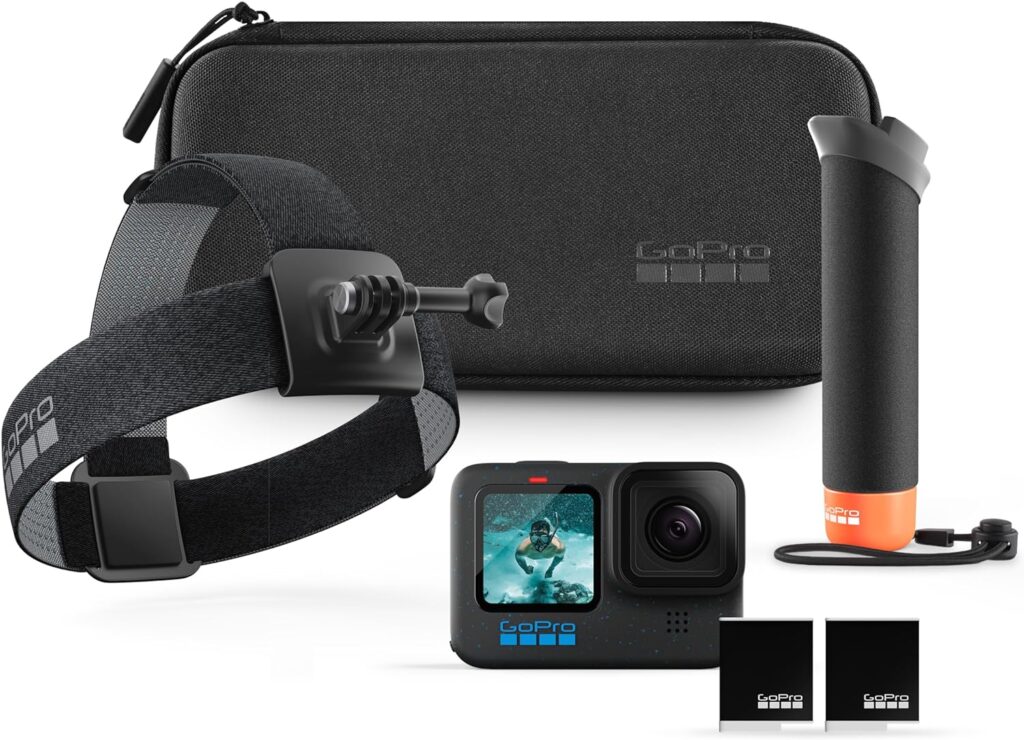



Add Comment